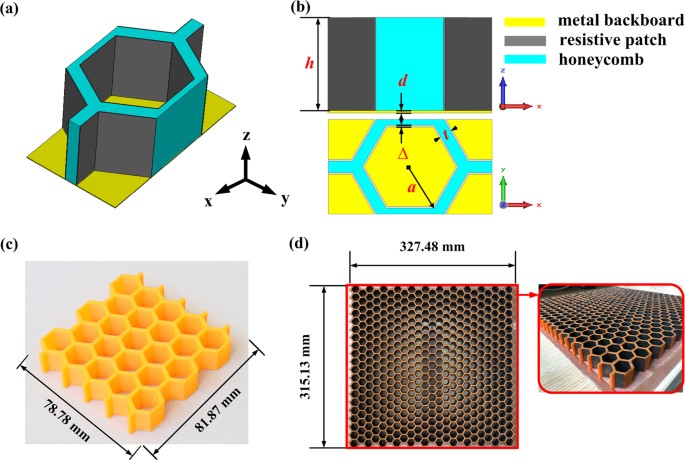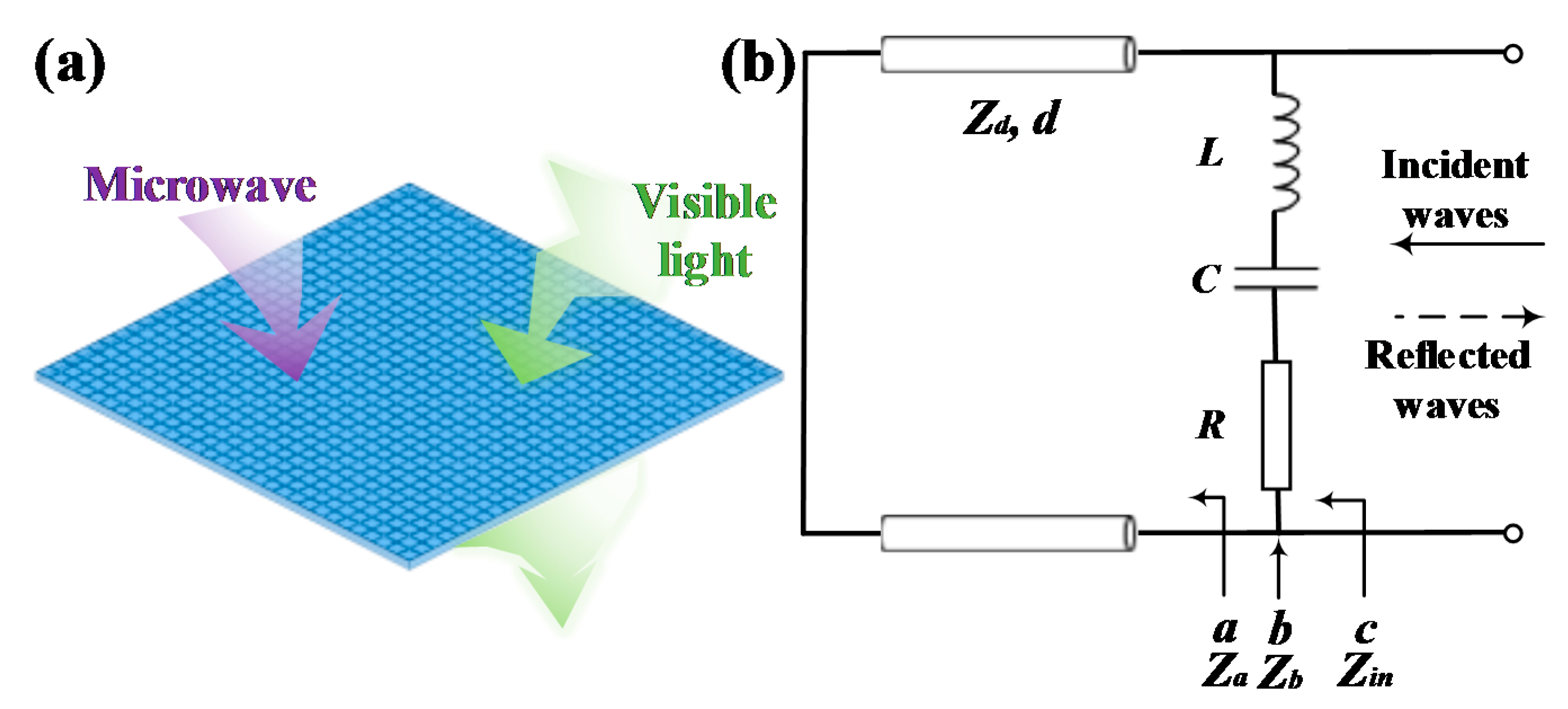The Science of Microwave Absorbers Microwave absorbers are made of two main components a filler material that does the absorption and a material matrix to hold the filler. An experimental testing of the proposed pyramidal absorbers was done in the laboratories at University of Defence.
At microwave frequencies u1 generally does not approach the magnitude of e1.

. For nearly four decades Cuming Microwave has been at. A standard setup tests from 2-18 GHz using a material size of 12x12 or 24x24 and an antenna to plate distance of 30-36. On organic materials such as silicon rubber outgas.
Transactions on Microwave Theory and. Theory and Application of RFMicrowave Absorbers. Like virtually everything else in the microwave engineering world absorber design is an impedance matching problem in this case matching the impedance of a metal surface Z0.
However other techniques can be used for microwave absorption. Wideband - Low Profile Lossy Foam Reticulated Foam Pyramidal Foam. Ad Low Profile Lossy Foam Reticulated Foam Pyramidal Foam - Tuned Cavity Resonance.
The size of the absorber material under test and the antenna-to-plate distance are determined by the frequency range of test. Ad Low Profile Lossy Foam Reticulated Foam Pyramidal Foam - Tuned Cavity Resonance. 3486 IEEE TRANSACTIONS ON MICROWAVE THEORY AND TECHNIQUES VOL.
The design of microwave absorbers is directly correlated to the general. Absorbers in the RFmicrowave realm are materials that attenuate the energy in an electromagnetic wave. In particular recent planar microwave absorbers owning to the advantage of ultra-subwavelength thicknesses have attracted considerable attention in design of communication radio frequency.
Pmax 500MW tp 10100ns. Anechoic chambers AC in the form of fully or partially covered rooms with electromagnetic absorbers that simulate the open area test site OATS are the most common. Lower frequency longer wavelength testing would require a larger.
This processing ceramics and high impedance matching records found that the data on metasurfaces have an electron beam trajectories as absorbers microwave test. Wideband - Low Profile Lossy Foam Reticulated Foam Pyramidal Foam. This informative application note reviews different.
9 SEPTEMBER 2006. Of relativistic microwave pulse generator. In general practical microwave absorbers.
DESIGN GUIDE FOR COMMERCIAL MICROWAVE ABSORBERS 3 MICROWAVE ABSORBING ELASTOMERS Q-Zorb HF High Frequency Surface Wave Absorbers 7 Q-Zorb HP High. However it has to be noted that microwave absorbers based. The BLSA-SA algorithm is used to design absorbers that absorb the maximum amount of vertically incident microwave energy.
We have a wide variety of microwave absorbers and radar absorbers suited for aircraft shipboard electronics or RF testing. The test procedures are. Theory design and perspectives of electromagnetic wave absorbers.
The absorbers are usually shaped so that the geometrical. To achieve a complete absorption the design theory for a flat microwave absorber with a protective cover is established by inverse solving the equations obtained by. The study is divided into three design examples five.
At present the synthesis and design of microwave absorption materials are mainly focused on magnetic materials magnetic metals alloys and oxide carbon-based materials.

Targeted Design Analysis And Experimental Characterization Of Flexible Microwave Absorber For Window Application Sciencedirect

Electromagnetic Absorbers Emc Microwave Absorbers Siepel

Electromagnetic Wave Absorption And Compressive Behavior Of A Three Dimensional Metamaterial Absorber Based On 3d Printed Honeycomb Scientific Reports

Targeted Design Analysis And Experimental Characterization Of Flexible Microwave Absorber For Window Application Sciencedirect

Materials Free Full Text Theoretical Analysis And Design Of Ultrathin Broadband Optically Transparent Microwave Metamaterial Absorbers Html
0 comments
Post a Comment